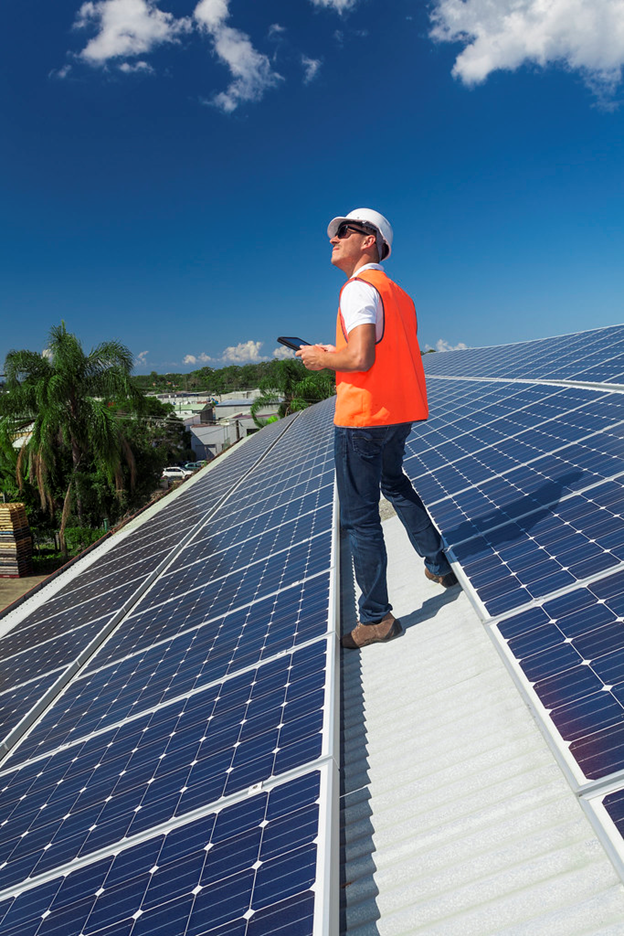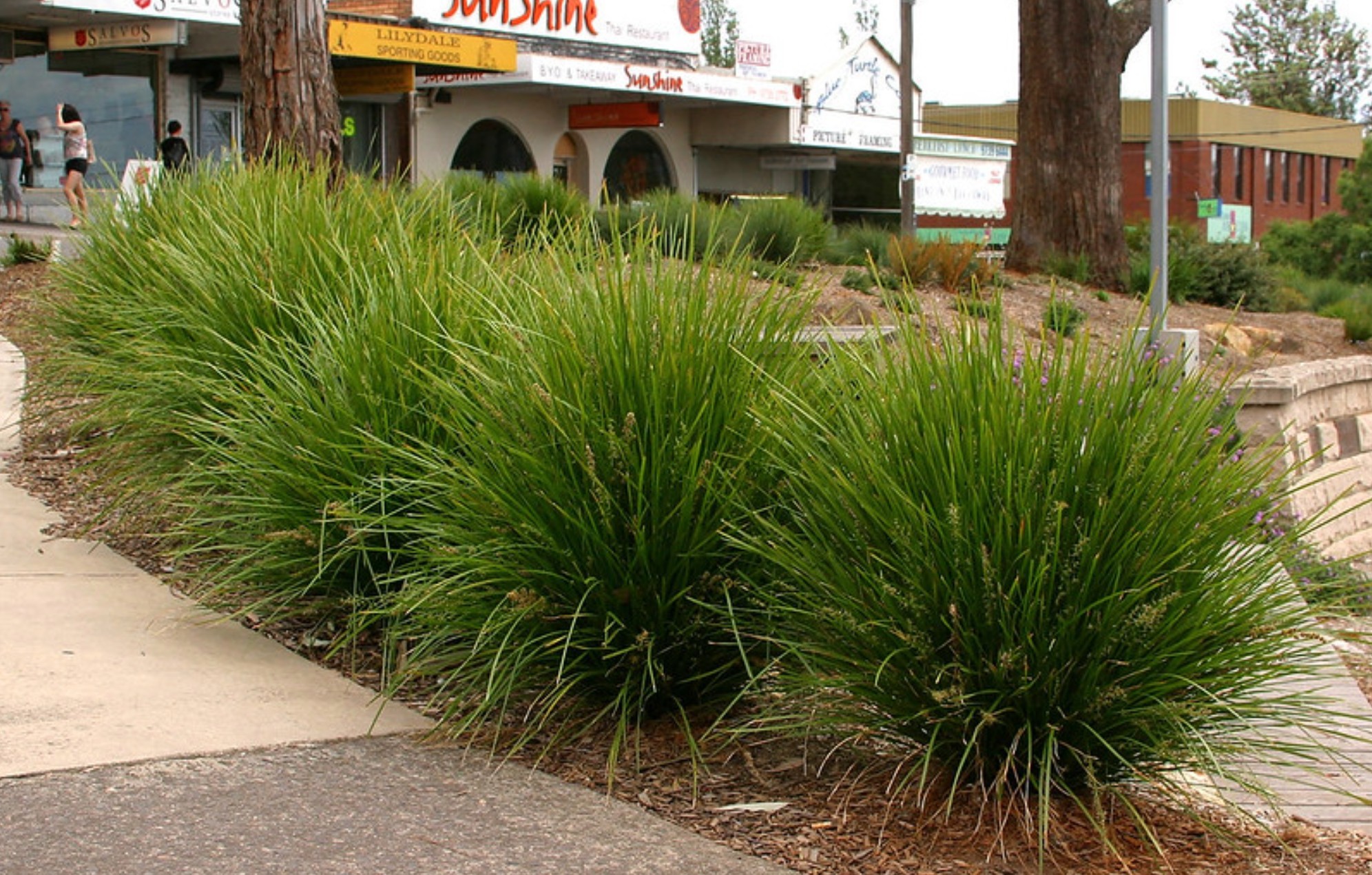Fossil Fuels Vs Solar Power
Solar energy sounds great, but how does it compare to fossil fuels? In this article, we will compare solar energy to fossil fuels so you can better understand the differences yourself. For many people, solar is an affordable, viable energy option. They just don’t realize it yet. Let’s compare it to fossil fuels to explain why that is.
Long-term Availability
Solar energy is a renewable form of energy. Meaning, so long as the sun exists, we will not run out of sunlight to power our homes, cars, and other possessions. Fossil fuels, on the other hand, are nonrenewable resources. Once we have used up the Earth’s fossil fuel stores, that’s all we have. They will technically replenish themselves, but it will take millions of years to do so. By that time, it will be too late to use them.
There’s also the issue of access. We could very well face a future where the only remaining fossil fuels left to mine from the Earth are in places that are inaccessible or so costly to access, that they’re no longer worth mining. Either way, at some point, fossil fuels will no longer be a viable energy option.
Unlike fossil fuels, however, solar energy will be a viable energy option so long as we can access direct sunlight. Whereas fossil fuels will disappear for millions of years, the sun should be around for just as long.
And as photovoltaic solar technology continues to improve, so will our ability to gather sunlight and use it as energy.
Emissions
We’re all aware of the fact that fossil fuels create carbon dioxide (CO2) as a byproduct. This CO2 gets trapped in our atmosphere where it causes the Earth to retain more heat. This heat retention eventually leads to the phenomena known as climate change that will both change typical weather patterns seen across the world, as well as make them more sudden and severe.
Climatologists have long known about these problems and people are slowly coming around to the issue.
Unlike fossil fuels, solar panels do not produce air pollutants or carbon dioxide. They also have a minimal effect on the environment. This is all according to the US Energy Information Administration (EIA.)
So, if we want to reduce our carbon footprint by reducing our emissions, one of the best ways to do it is by making the switch to solar energy.
Cost
Believe it or not, the cost of solar energy and solar panels’ lack of CO2 emissions are closely linked.
Solar energy has a long way to go before it will be the most popular renewable resource on the planet, much less the most popular energy resource, but its growth in popularity is pretty undeniable. That’s because more and more Americans want to reduce their carbon footprint, and that desire is causing the solar energy industry to innovate and improve.
Because of these technological innovations, the cost of solar energy has decreased as much as 73% over the past 10 years. According to the Office of Energy & Renewable Energy (EERE.), the cost of solar has gone down every single year over those 10 years without fail.
So although solar might not be affordable for all people and all houses currently, it’s quickly becoming more affordable. On the other hand, we can expect fossil fuels to become more and more expensive as we deplete their stores and it becomes more costly to mine them.
Efficiency
As of 2017, solar energy panels were able to convert the sun’s rays into electricity with an efficiency rate between 15-22%. That doesn’t sound very great at first, but you have to look at it in the context of other energy sources.
According to Forbes, car engines convert 20% of a car’s gasoline into energy. The rest becomes wasted heat energy. What happens with the remaining 80% of unused sunlight from solar? It brightens up whatever it touches.
Coal is 33%-40% efficient, but unlike solar, it’s a nightmare for the environment.
The point is that solar is not as efficient as it will be one day, but it’s getting there. Solar panels are much more efficient now than they were in the past. Part of the reason why the cost of solar will continue to drop is that panel efficiency continues to improve.
And the energy that doesn’t convert into electricity does the same thing that it would have done without any solar panels. It gives off light and warmth. It doesn’t dirty our air or create excess heat as fossil fuel engines do.
Solar-use Is Small, But It’s Growing
According to the EIA, only about 11% of the US’s energy consumption came from renewable energy in 2017. And only about 6% of that 11% came from solar. Needless to say, there is a lot of room for growth in solar energy.
But that growth is happening. Year-after-year more and more people realize that not only can they afford a solar energy system, but that system can also save them money on their utility bills.
At ESD Solar, we give our customers another option to power their lives. Additionally, solar can help save the environment as well as save you money on your energy bill. Our solar reps will help you find out what kind of environmental and financial savings you can expect to see with your home.
This post was written by Daniel Massaad, owner and expert solar technician at Energy Solutions Direct! ESD is one of the top solar panel installation Tampa FL! Our licensed and certified contractors are masters of their craft; with years of experience servicing the great Tampa Bay area and beyond, the choice is simple. ESD excels at offering you the best in solar value!


















